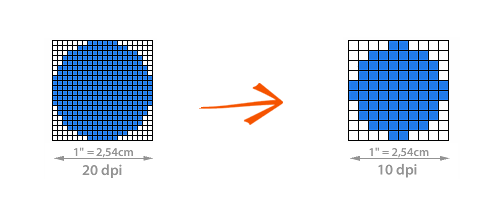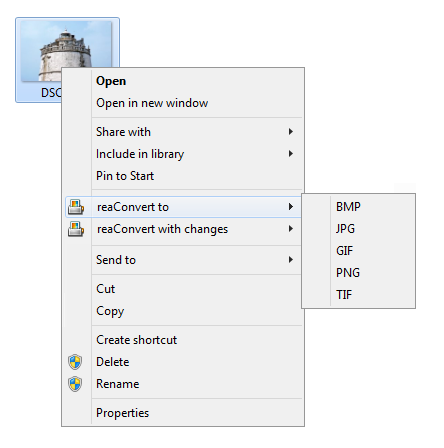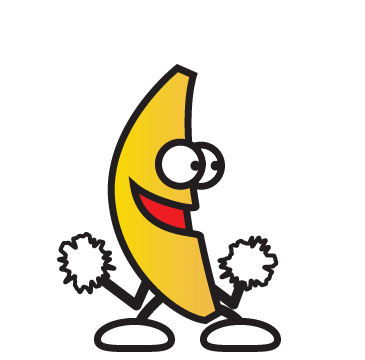
If you are an architect or an engineer, you probably use AutoCAD a lot. This popular computer-aided design (CAD) software is also used by project managers, designers and several other professionals involved in designing and constructing buildings.
Since its initial release in 1982, AutoCAD has launched a large number of subsequent upgraded versions throughout the years. Because of this, you may have encountered the situation where a DWG or DXF file — two of the extensions commonly used in association with AutoCAD — created with an older version of AutoCAD are not compatible with the current version you are using.












